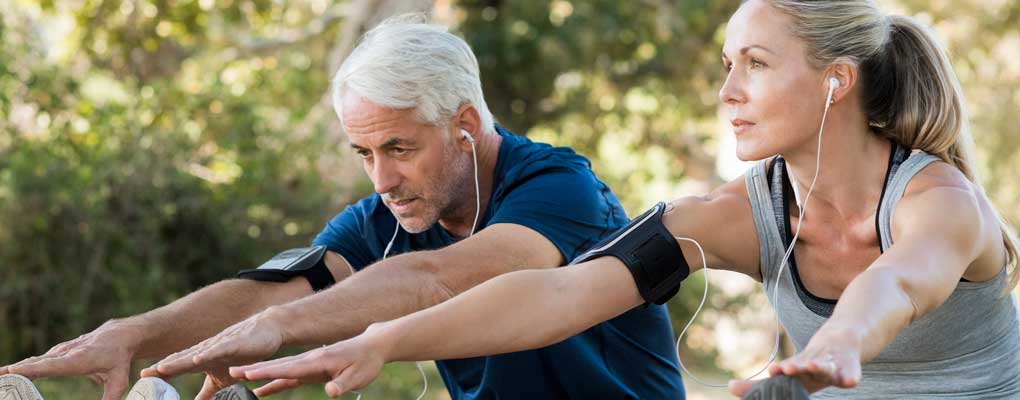
There are many great reasons to exercise if you have diabetes. Exercise, specifically muscle contractions, provides the necessary stimulus to remove sugar from the blood and store it within the liver and muscle. This can help reduce the severity of blood sugar fluctuations. However, there is a certain set of rules you should follow if you are exercising with diabetes.
It is important that you speak with your General Practitioner prior to starting exercise. This is particularly important if you are overweight and have a history of heart disease. Next, you should seek the guidance of an Accredited Exercise Physiologist (AEP). They will conduct an exercise tolerance test on a treadmill or stationary bike. Your heart rate, blood pressure and blood sugar will be monitored during exercise and the results will indicate the intensity of exercise that is best for you.
The best time to for you to exercise is one to three hours after eating a meal. This is because during this timeframe your blood sugar will rise. However, it is absolutely crucial that you always test your blood sugar prior to starting your exercise session. If your blood sugar is less than 4 mmol/L, then you should follow the Hypoglycemia Management in Diabetes guidelines provided by Queensland Health. It is important that you do not exercise! Instead, follow the steps below.
1. Eat one serve of a fast acting carbohydrate e.g. 150 ml of lemonade or another soft drink (but not diet soft drink) or 4-7 jelly beans.
2. Re-test your blood sugar after 15 minutes.
3. If your blood sugar is still below 4 mmol/L then repeat steps one and two. If your blood sugar is greater than 4 mmol/L then eat one serve of a slow acting carbohydrate e.g. 1 tub of yoghurt or 1 piece of fruit.
4. Continue to monitor for signs and symptoms of hypoglycemia.
If your blood sugar is between 4 and 6 mmol/L, then you should not exercise immediately. Instead, have one serve of a slow acting carbohydrate then re-test your blood sugar after 15 minutes. You should then be able to safely complete a shorter exercise session. If your blood sugar is between 6 and 16.5 mmol/L, it is safe for you exercise. Lastly, if your blood sugar is greater than 16.5 mmol/L, it is safe for you to exercise providing you are feeling well. Ensure that you are well hydrated and monitor for any signs or symptoms.
You should always keep a stash of jelly beans or a can of soft drink or fruit juice with you whilst exercising. This will keep you prepared if your blood sugar drops and you start to feel confused, lightheaded, dizzy or shaky. It is ideal to test your blood sugar following a bout of exercise that lasts greater than 30 minutes. Following the recommendations above will help keep you safe when exercising with diabetes.
Tap to call us at 1800 567 348
Fill in your details below and our team will be in contact shortly to answer your questions and get you started.
"*" indicates required fields